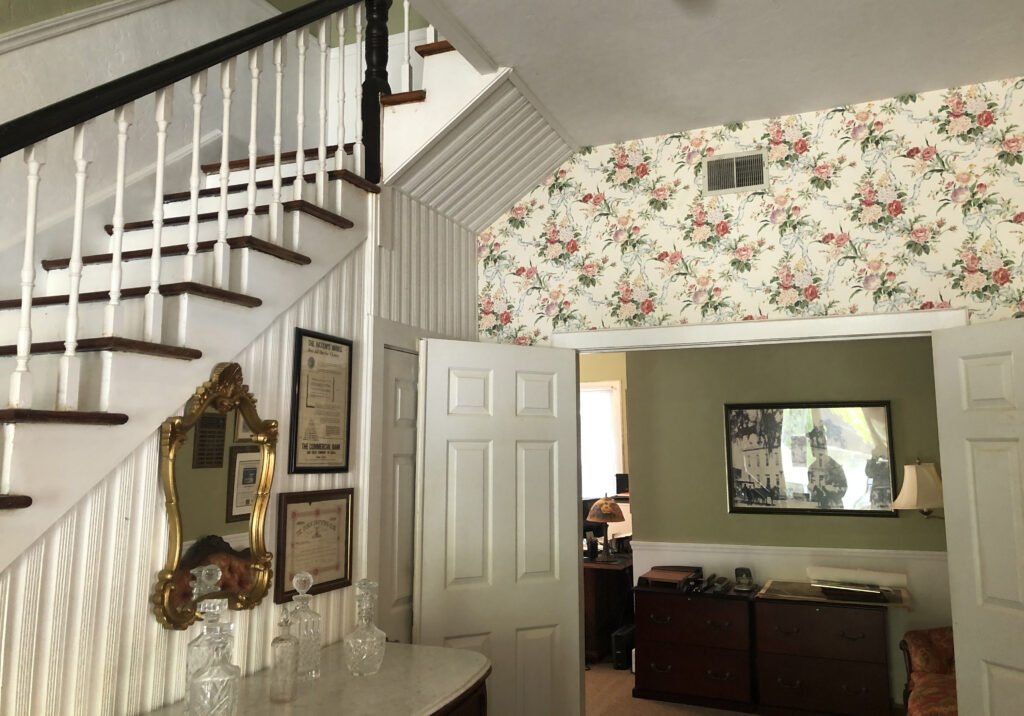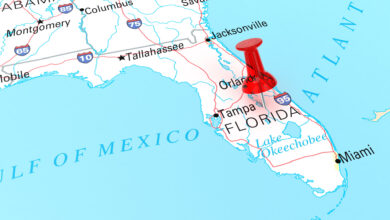 To drive in any of the four historical districts in Ocala is to take a trip into the past, drinking in the architecture of bygone eras while enjoying their aesthetic charm and splendor. For many, the very existence of the old structures is merely a simple part of the local landscape, underappreciated pieces of scenery that belong to a living history project. But for those who feel a connection with their past and take pride in the artistic edifices placed by their ancestors, preserving these structures is a never-ending task.
To drive in any of the four historical districts in Ocala is to take a trip into the past, drinking in the architecture of bygone eras while enjoying their aesthetic charm and splendor. For many, the very existence of the old structures is merely a simple part of the local landscape, underappreciated pieces of scenery that belong to a living history project. But for those who feel a connection with their past and take pride in the artistic edifices placed by their ancestors, preserving these structures is a never-ending task.
The historic homes and office buildings of which Ocala boasts may not be so prolific today were it not for the creation of the Ocala Historic Preservation Advisory Board, born in 1982 out of an attempt to halt construction of a four-lane highway through one of the city’s oldest areas. Ira Holmes remembers well hearing of plans in 1974 to build the road that would eliminate not only his back yard, but some historic homes, including what is now the Ocala Magazine office building.
“I lived on Eighth (Street) and Wenona (Avenue) and there was a four-lane highway being proposed for Wenona,” Holmes said. “People living on Wenona formed the Wenona Neighborhood Association, and that included June Jaycox, who was one of the real leaders of preservation early on in Ocala.”
The Wenona Neighborhood Association went before the City Council for a series of meetings and eventually convinced the city to alter its plans, relegating the four lanes on Wenona to the north side of Silver Springs Boulevard. That success spurred Holmes and others to keep pushing for a greater voice in protecting the historic structures of Ocala and led to the formation of the Historic Ocala Preservation Society, then OHPAB itself.
“We thought, ‘This was fine for this year, but what about next year and the next City Council?’” Holmes recalled. “We tried to figure out a more permanent way of keeping the neighborhood the same, so out of the Wenona Neighborhood Association came HOPS and the plan to have a historic district established.”
What now seems like a no-brainer effort, the fight in 1982 to rezone the area as a historic district was actually met with some fervor based on fear of property rights being limited. When the City Council was close to voting against the ordinance, then-Councilman Gerald Ergle stepped in to save the project.
According to Holmes, Ergle had the motion tabled so that meetings could take place in order to figure out a way to find some common ground and keep the project afloat.
“Gerald Ergle was the person who really saved this,” Holmes said. “What came out of it was a committee headed by the mayor, who at the time was Wayne Rubinas. Out of that committee came the recommendation to establish the Historic Preservation Ordinance and the Historic Preservation Advisory Board.”
The first chairman was Jim Tatom, and from the beginning the tradition of the board has been to “educate more than regulate,” Holmes says. He says that in the nearly 40 years of the board’s existence, he can recall only three appeals of the board’s decisions and only one overturned by the City Council.
“If people know what is expected, they understand,” Holmes said. “Almost everybody that lives in the district or moves into the district wants to be a good neighbor. When people are antagonistic, it’s an uphill battle and most people are not antagonistic.”
Today, along with the Ocala Historic District around Fort King Street and Wenona are three others: the Tuscawilla Park District, Downtown Commercial District and West Ocala Historic District. Thanks to OHPAB, the historical significance and beauty of these areas shall remain for a long time.






